|
Last night at 10:10pm, Mike Lambrix was executed by the State of Florida on behalf of its citizens. It's the second execution since August, when the practice was reinstated after an eighteen month hiatus.
Until this morning, I have never stood in my kitchen readying for the day, listening to an account of a person being murdered, legally, just down the way. It makes me wonder how this contributes to the shape and sense of identity of those on whose behalf this murder has been committed; how does this transform, again and again and again, the land on which we walk; how does the collective consciousness makes place for this; how does the personal psyche; what are children told at school? I have never, till now, listened to a news story about state-sanctioned murder. I know there is dissent around this, personal and organized, and probably plenty, but life has still been taken, and we all are now confronted with that fact, and are left with how to live through this day in this place where such things are legislated to happen. This has diminished me. As a member of this confounding experiment called life on earth, today I'm less of what I aspire to; what I dream is possible is lessened. It will take me a while to recover. This hurts.
1 Comment
So, I finally got to myself to The Happy Show! Terry and I went yesterday. Like freeform cheeseballs, we listened to Pharrell's Happy on my itouch as we danced our way into the exhibit. Why not?! I've been very excited about the show, having streamed all I can find on-line in the way of interviews and talks with Sagmeister. For over a decade, he's been researching and experimenting with what makes happiness, and his own in particular, and the show synthesizes some of what he's discovered. Here's a slide from a TED talk he gave - it really grabbed me, so I screen-grabbed it, and then changed the colours. It's an outline of what he's discovered "works" for him, a concept I'm now fleshing out for myself (I'll share my list when it's done). Here's his list. Some of the maxim's show up in the exhibit. And here's a bit of The Happy Show, as experienced by me and Terry yesterday. A very awesome interactive piece, expressing the maxim: being not truthful works against me. This is me and Terry discovering it - then we started dancing in front of it, and running back and forth. Yes, we were the loud ones at the show. Our answers to the question: what is your symbol of happiness. Trying to look good limits my life. Good maxim. When I read this, first at home and then again at the show, each time I thought it referred to the concern with how we look in terms of our appearance: as in how we're dressed, our hair cut, and so on. Surface. (Maybe it's the clothing designer in me.) Terry read it as meaning a concern for how we appear to others in terms of our behaviour, our choices, our way of living, our gestures, and so on. Substance. Either way, the concern for looking good is limiting, restricting our spontaneous expressions of self, arguably (maybe) censoring those most authentic manifestations of who we are. Grooming vs/ hygiene, and finding the limiting line. Authenticity vs/ obnoxiousness, and the location of that line. Perhaps, the boundaries to watch out for are the ones that maintain balance. I've long believed in the social function of beauty, what some call looking good, my take on it extending from surface to substance. It's good to be reminded of this. 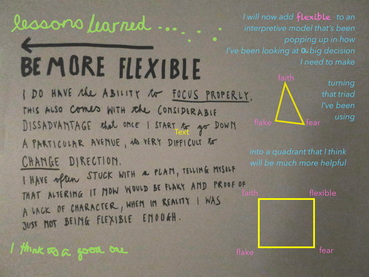 I'm struggling with very big decisions right now, and finding myself ricocheting around a triangle whose points of contact are faith, fear and flakiness. I love Sagmeister's take on flexibility and how it interacts with flakiness, so I'm working it into my mind model as I make this big decision. His piece is in black; the coloured stuff is mine. His work plan for a sabbatical. I took notes (well, a photo) to inspire my own scheduling of the impending vastness of time before me, the vastness I'm stepping up to. Another maxim: assuming is stifling. What I like about this is its activeness. Unlike that other one, assuming makes an ass of you and me, Sagmeister's angle tells us something useful to consider in terms of our expectations our intentions and most interestingly (to me) our agency in the ways we live and engage with what's around us. My conclusion. This is a shot of an old installation I put up in my place a few years back. Leaving the Happy Show yesterday, I thought of it as my response to the experience I had there. dernier mot:
As Terry and I watched the 12 minute clip from Sagmeister's The Happy Film, I commented on a sense of melancholy I feel coming off the man and his work; Terry called it longing, which is a good word for it too. Sagmeister rates his own level of happiness quite high, and there's tangible euphoria in what he makes, yet ... Maybe Terry and I are off the mark, yet ... I now wonder about the possibility of being happy and wistful at the same time. I think it's possible. I think it's common. I think it's human. I think it's ok. Friends have commented on the element of the creepy, or ugly, in this piece - something I tend to skirt in my aesthetics. But sometimes - ehem - the truth isn't pretty.
This is about the making of ugly, about the mounting of monsters; and about their final fate: the erasure of the monster. It's a meditation on the designing of narratives necessary to the paring away of someone's humanity; on the background consensus and constructs needed to revoke another's selfhood and place within kin and community. For how else can the unkind, the cruel, and even the unscrupulous, be perpetrated? Take away context, and place, and person, and what's left is the object, where in the space of all that's removed there remains, purportedly, objectivity, the slippery illusion at the crux of any monster-making story for those making it. It's an odd experience to be on the inside of this dynamic and to be aware of it, from its inception to its conclusion, at once subject and witness. But it's a perspective that remains on the outside - which is the point of the monster enterprise from the outset; be it about me, or whoever is next. 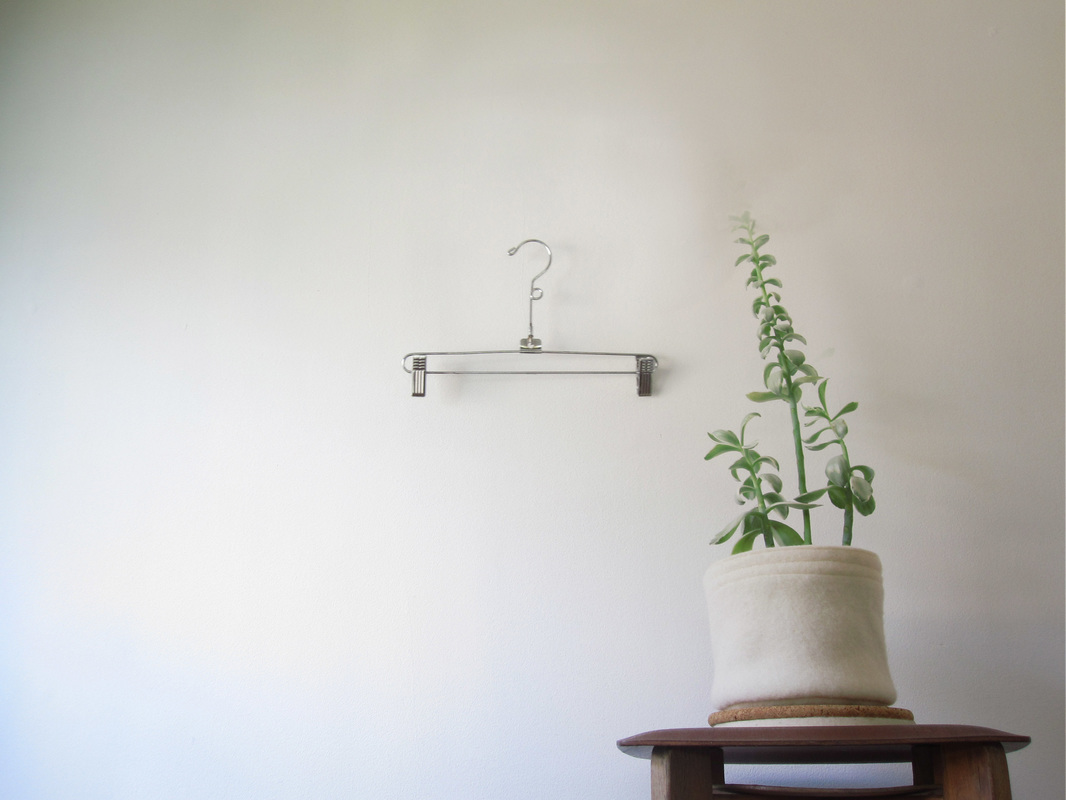 One thing ends, another begins. I'm closing my business down, the one I've focussed on for the past 3 years. ad lib has been my clothing design company, a project full of interest to me. I've loved it. And now I'm leaving it. I start something new tomorrow, income-earning-wise that is. When my store closed a year ago today, I was already into the next thing in my personal practice - this right here: zoetrope.me I'll always make things. It's in my blood and my brain to do so. I'm born this way. My ultimate motivator is beauty - making beauty, making what I imagine beauty to be in a broad sense: as part of living well, in gesture and endeavour, expressed through all the ways in which we engage the world around us day by day—beauty writ large. I understand clothing on this grander scale, as more than how we cover ourselves: it's about how we carry ourselves, and how we conduct ourselves, culminating, most importantly, in how we concern ourselves with the world around us and how we care for it--it’s being conscious and conscientious. I will now transpose this concern for beauty into other concrete forms of work that I pursue. In this external one, this new income-earning thing I start tomorrow; and in all my creative work making things. Most importantly though, I'll continue to bring my concern for beauty into how I behave. Towards others. Towards myself. Towards the space I occupy, large and small. And so it goes. Next! my thoughts on boyhood (the film) by Richard Linklater
Making anything takes time—making something with your hands, making a decision, an observation, a change—it takes time to do, and it also takes time away to reflect. The leisure of allowing time’s force to bear itself upon one’s work is seldom afforded, especially in the case of film. Michael Apted’s Up series is based in the passage of time, but sequentially, across 8 discreet segments that express the 49 years it so far encompasses. Boyhood gives us 12 years, but all within one piece. So, what we see, Boyhood’s narrative conceit at first reading, is 12 years in the life of a boy, Mason, from 6 to 18, following with him through his own becoming. And it’s true, we do see this. What we also see though, when the screen drops dark and we walk away, is the work of an artist bringing to bear the inimitable insights that only time grants, when invited to. Boyhood is infused with love and tenderness, cutting us all some slack about what’s imperfect and misguided in the shambolic jumble that is being alive and living a life. In Boyhood, people restrain themselves, without withholding; not settling for too little, yet accepting each other’s limitations because each seems to be aware that they too have their own. Everything is mundane and anodyne, yet it’s all, also, potent and consequential. Like the fado singer who wails into words the deepest mysteries of what it means to live, Linklater, the mercifully milder balladeer, reminds us about the bittersweet truth that all is finite, and yet, splendidly, as Mason begins to comprehend, all we ever have is now. So use it well. Linklater does—he uses time to tell this story, longitudinally checking in with now, twelve times. It’s across the passage of time, and through Mason’s growing, that we understand the ripening of self-knowledge and world wisdom; that, in the process of maturation and becoming, there’s no short cut. Time is a constant, and while we’re a part of it, the only way forward is through. So, what’s gained while we witness Mason feeling his way into his life and into his own becoming, is really our own. Witnessing the wilderness of Mason’s intimacies, we know our own; but we’re not on our own, alone, Linklater seems to say. Somehow, we’re all with Linklater, the film’s ultimate witness, a man who seems to have deliberately structured this work to document his own growth, looking back while casting forward from here, and what he sees and learns seems to lay perfectly over, or become embedded within, the gaze of a growing boy. The parallel lives of these two separate people are shared, and the continuity between them reaches across time and the screen to join with all of us. In Boyhood, Linklater captures and conveys his own maturation as a man, exploring his own understanding of (his) life, and his own maturation as an artist, sorting, still, through his creative cosmos for what matters. And what he seems to be discovering is that these two things cohere: the artist and the man are one; the boy and the man are one; the maker and the witness are one—there is seamlessness between who we are and what we do, or there should be, or can be. And that’s what we can hope for, reach for, and make for ourselves. We may all be just winging it, as Mason’s father confirms to his son, but what we do matters, and it matters most, Linklater is saying, to ourselves as much in our solitude as in our connections. At some point you’re no longer growing up, you’re aging, but no one can pinpoint that moment exactly, so take care, pay attention, notice the flow of the minutiae, cut a little slack, know that it matters, and take the time to make it so. It’s the 2nd super moon of the summer; this one—the middle of three—is the fullest of them in the sky, and the closest to us down here. Saturday night at dusk I went to the park next door to pay my respects, and stayed till full night fell. There were only a few of us out. Four guys on the next bench over were drinking beer from cans, playing guitar and singing together; they had the lyrics to “Lying Eyes” shining before them on an iphone. Their voices weren’t great, but who cares. They asked me to join them, and when I lay down later on the grass to take pictures of the sky, noticing me there, one asked if I was ok. I was playing with a camera I have on loan till Wednesday, one passed along to me so I can decide if I like it enough to buy. With a few technical things figured out, I then played with the moon. Out again in reverence Sunday night, the air much warmer and soft on bare skin, the park’s slope was fuller. People were out to look up at the sky. There were small groups, some on blankets, others solitary, like me.
No camera this time, I listened to music: Benediction. (click the link to listen) A plane passed overhead again, to the north of the moon, following the same flight path as the night before, at the same time. A shade of cerulean hovered at the edges of the moon, bracketing it—I could see it especially when I looked from my peripheral vision. Resting on the dry grass of the hill, with the warm air all around, and neighbours out and near, the mottled moon on its slow rise in the sky above all of us out gathered willingly below, we watched its passage through our lives tonight. I remembered what being in love feels like, feeling myself there falling in love again with everything, anew. It’s love made of unconditional willingness to be a part of it all, coming after forgiveness, or acceptance, of everything that’s come before, even if that everything’s not all understood, or, in fact, not understood at all. It all comes surrender me to absolute mystery, where relinquishing of needing anything, even for a moment, busts me open to knowing about my own freedom. A few days later, when the 2nd one appeared, I wanted a different outcome; so I kept reading, and it rested at my headboard through the night. In the morning, it was still there and I wondered if it was dead. But when I checked on it after my tea, I saw it was gone.
Next, I found a wasp nest in my loft. Still small, it had been abandoned before completion, and never inhabited. A wasp nest is made of paper. Wasps chew wood and plant fibres to produce the material they use to make their nest. It's a remarkable feat of ingenuity, creativity, and beauty. So the wasps, creators of paper, makers of delicate and clever homes, eschewed nesting here. I think they have a point. 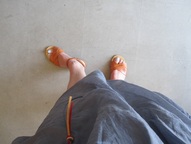 So, I broke more rules last night, and was even better at it 2nd time 'round. I saw Frances Ha, in a bone fide movie theatre, and treated myself to a coke and popcorn. I then meandered home along the seawall on South False Creek. At Spyglass ferry dock, I came across one of the public pianos, and a young man was playing the entire soundtrack from Le Fabuleux destin d'Amélie Poulain, barefoot. I sat on a bench and listened for a while, watching a few skiffs skim across the creek dodging sailboat squats. Further on, I bought a cup of coconut ice cream and continued meandering. Close to home I jumped in a car2go because I was tired, and was then completely enchanted by a song on CBC's The Signal, so much so that I sat in the parked car to hear the song finish. Le Fabuleux Hier Soir de Zoe Here's that Signal song, inexplicably called Obvious Bicycle, which is a great title. The band is Vampire Weekend. PS:
France Ha, by the way, is great. I think it's the most accomplished film by Noah Baumbach so far. Co-written with Greta Gerwig, the dialogue resonates and elucidates, even for those of us past our 20s. And Gerwig's Frances finely conveys the complexity of drifting when it gets away from us, and how a returning to self can be as light and gradual as the initial cutting loose. Sometimes without any one particular, discernible moment, or gesture, or decision to do so, we come back, very much in the way we drifted off - an accumulation, through time, composed of circumstances and gestures and decisions, none of which mounts to enough on its own. It calls to mind a poem I wrote about a boyfriend I once had, D: to drift is not to flow to rock is not to roll to want is not to will PSS: What rules were broken? Not so much rules as my practice of living on a very modest budget. So I splurged, intentionally. I took myself out, with a promise to do so free of worry and regret. Frances Ha went to Paris for a weekend. I went to the movies. |
authorzoe welch Categories
All
November 2022
|
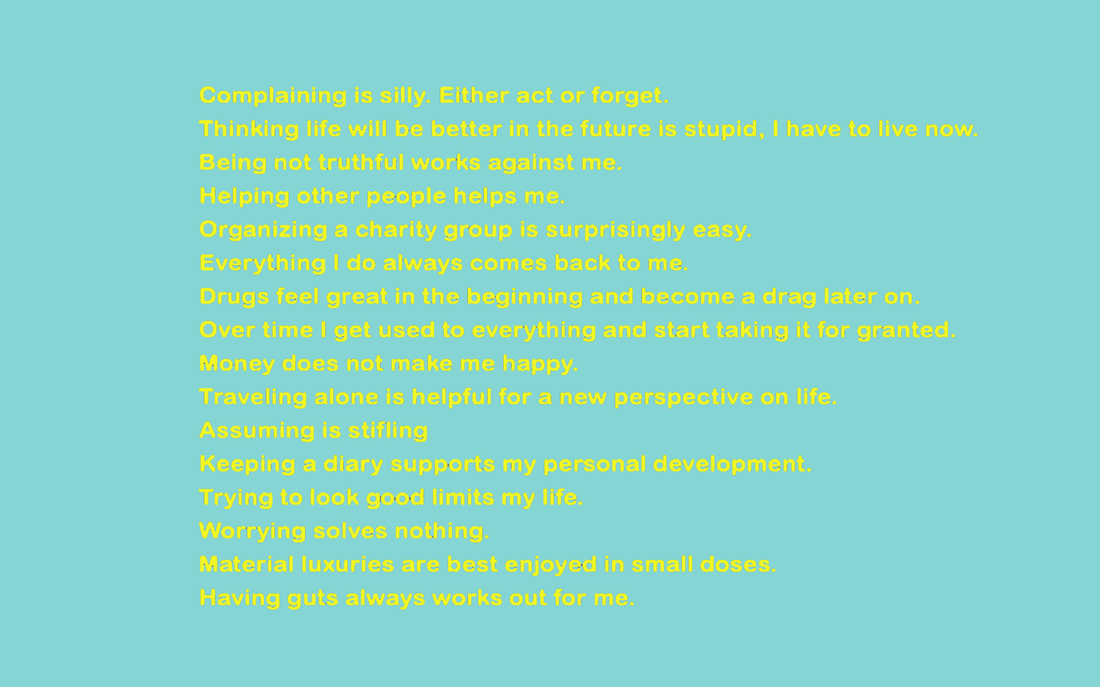
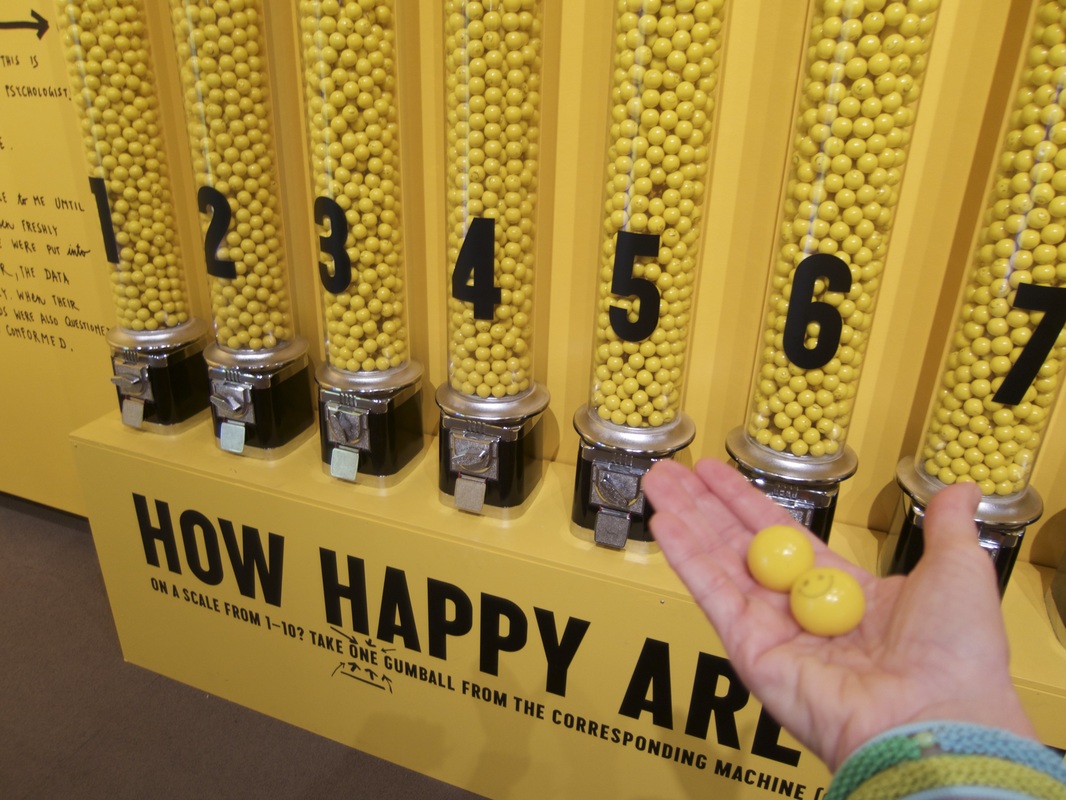
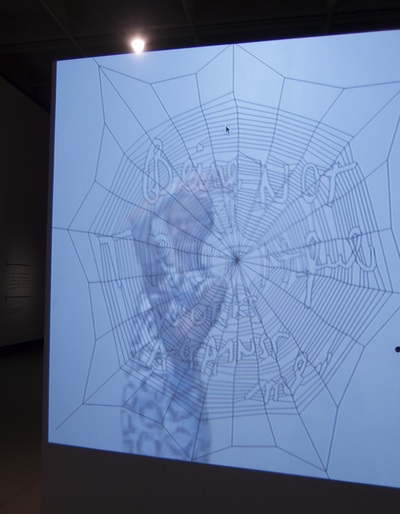
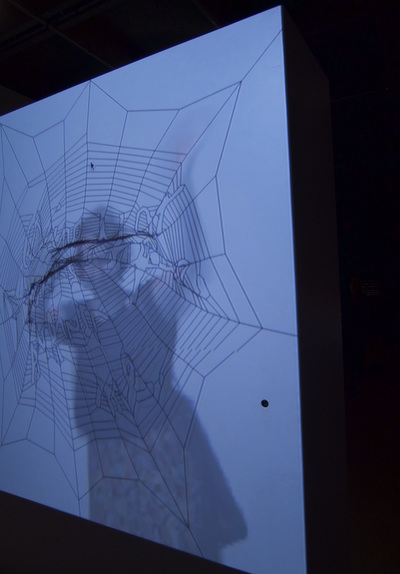
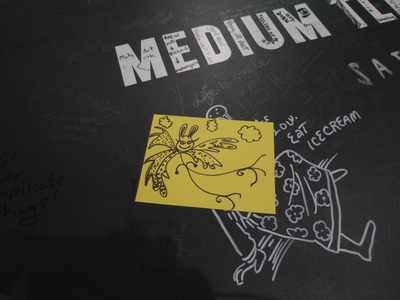
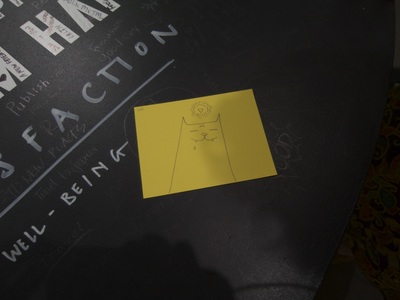
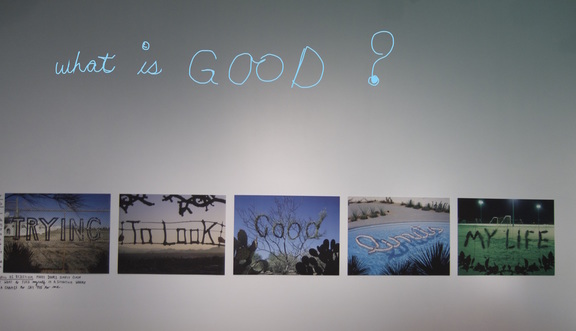
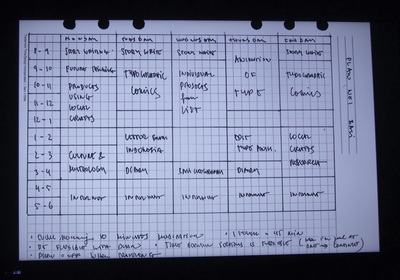
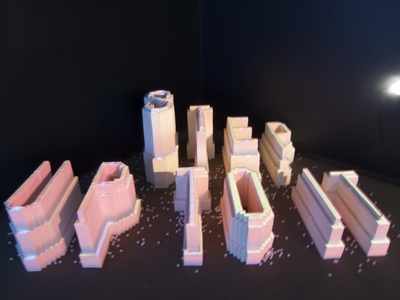
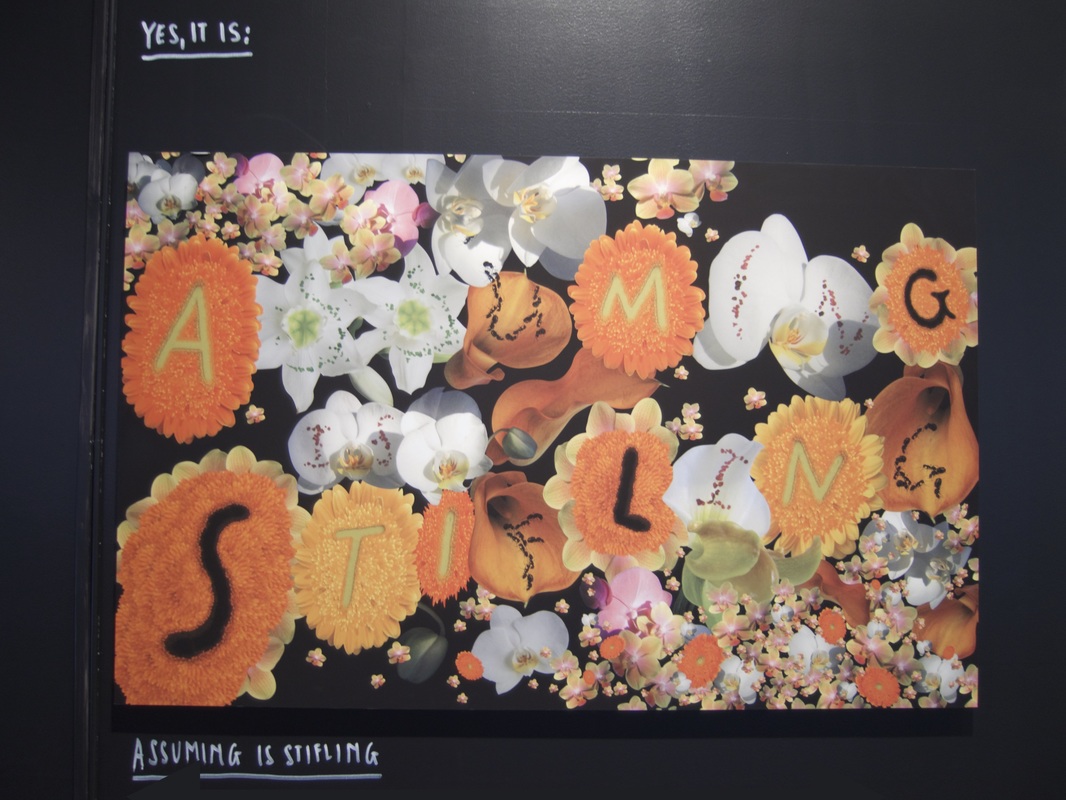
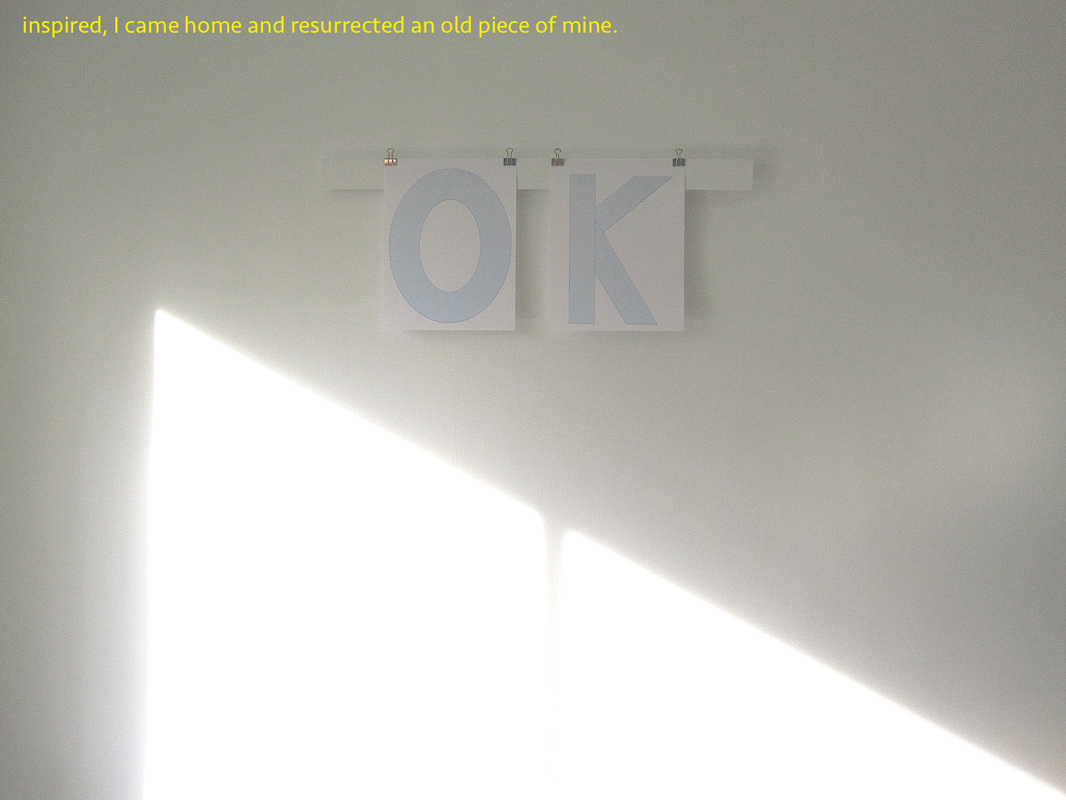
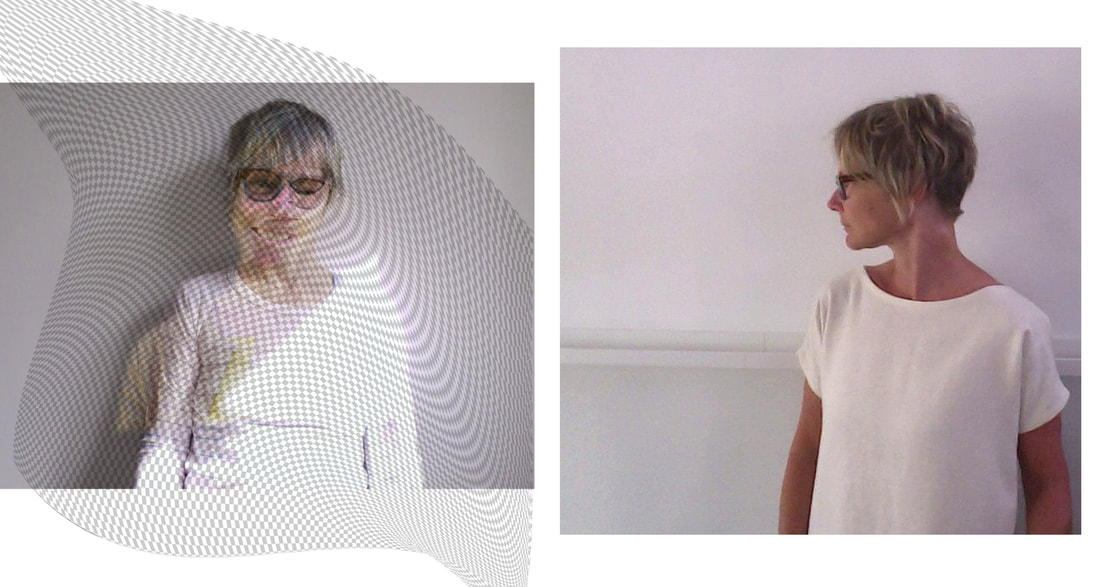
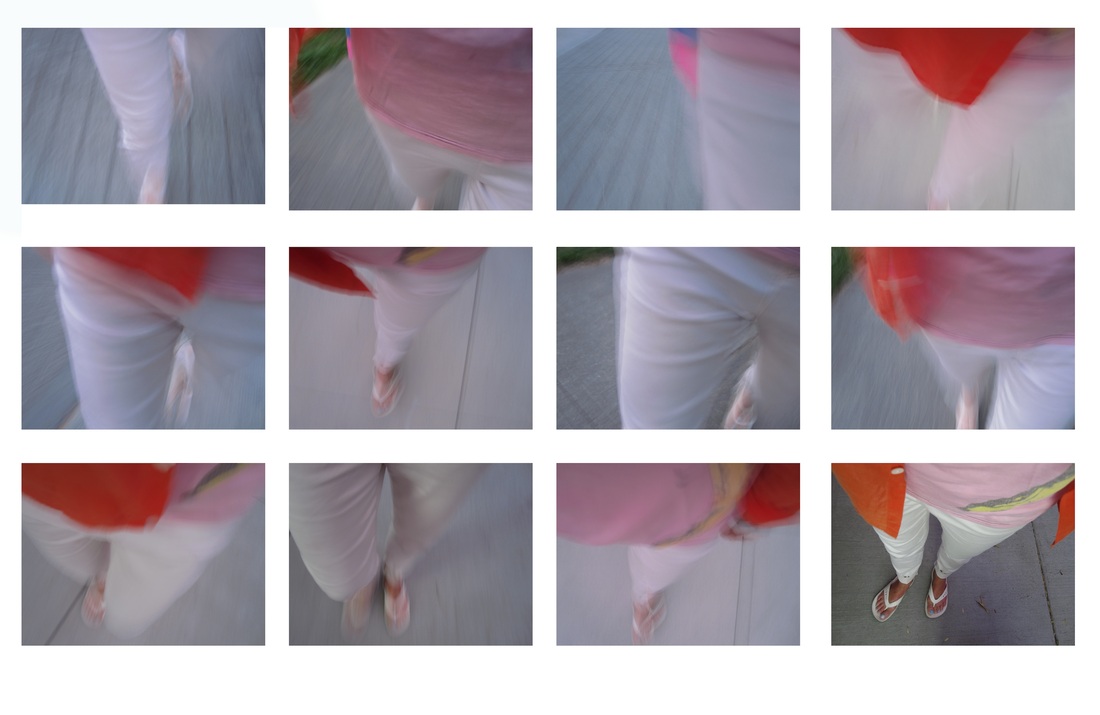
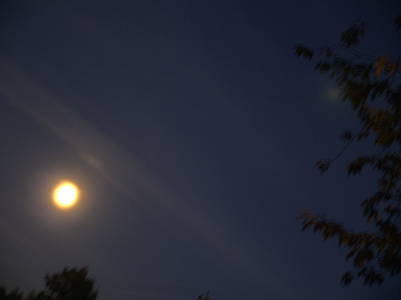
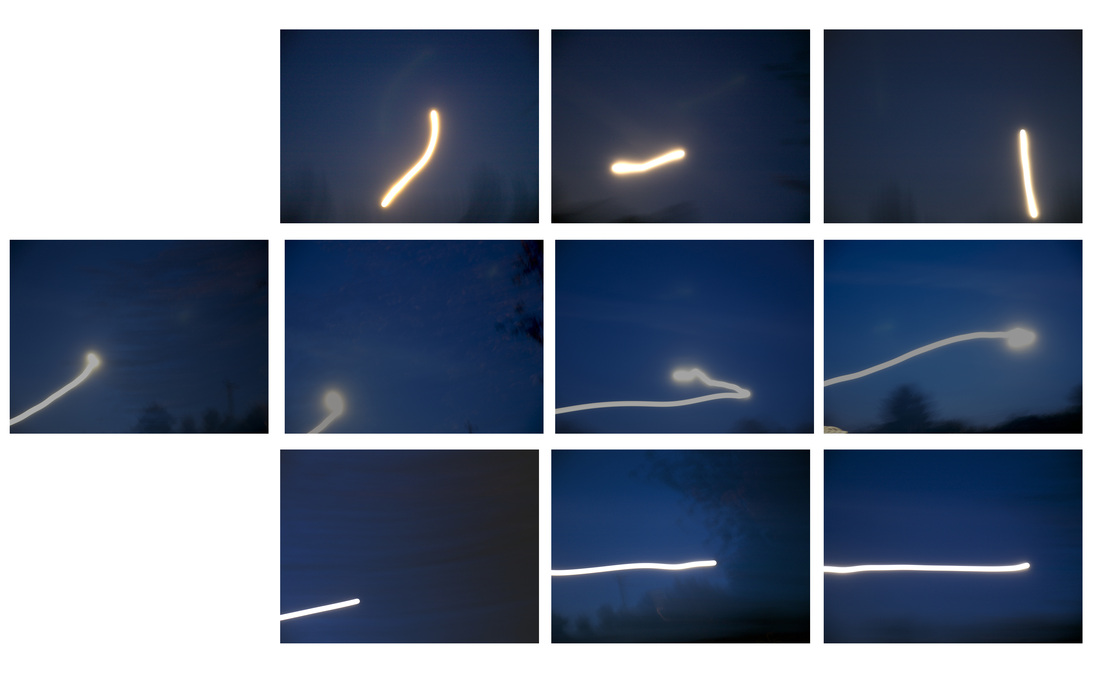
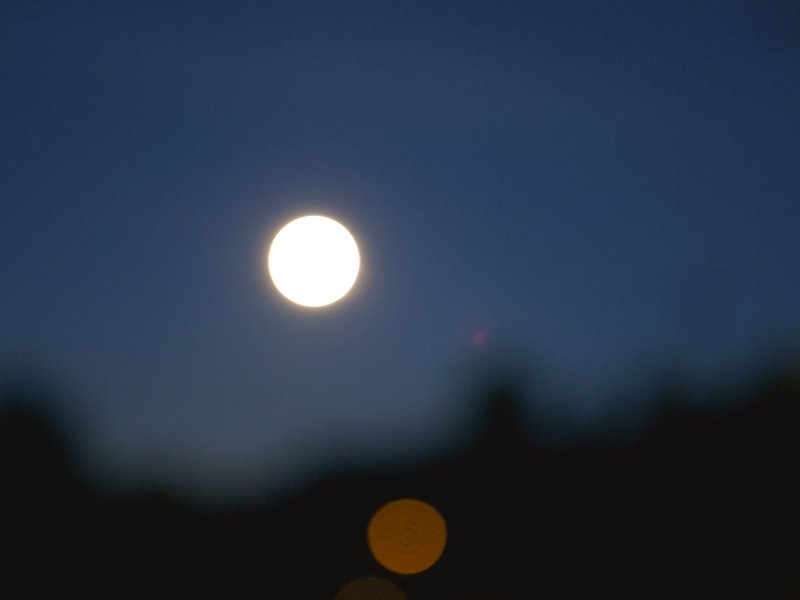
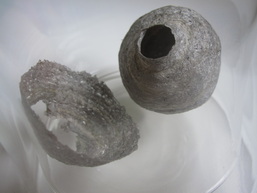
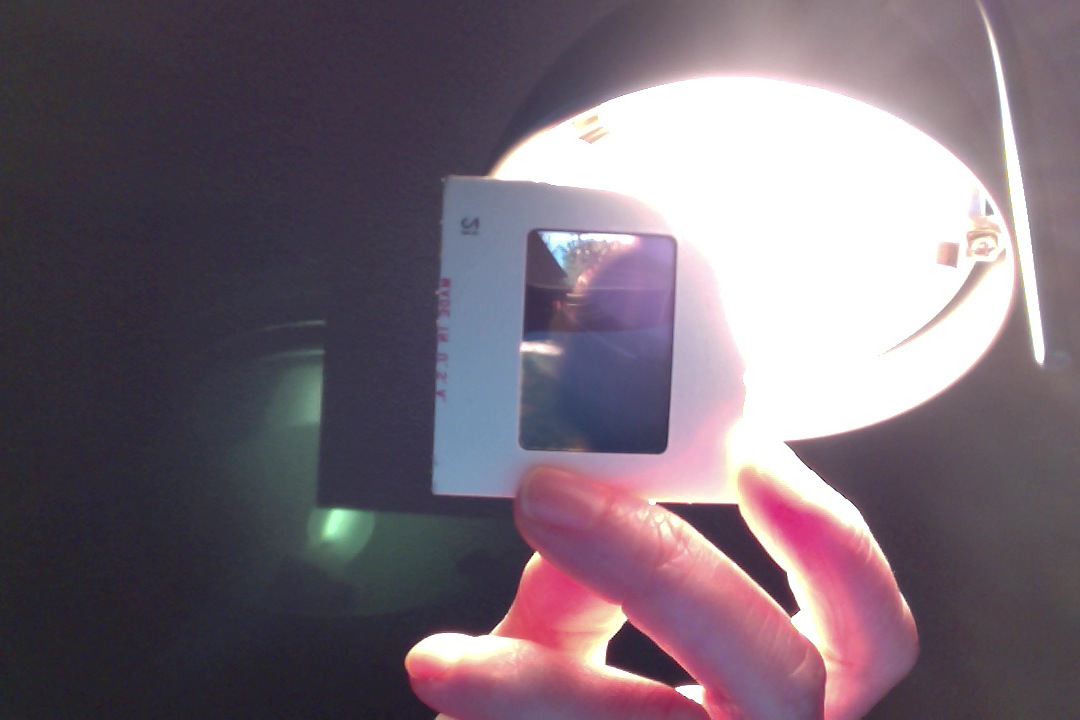
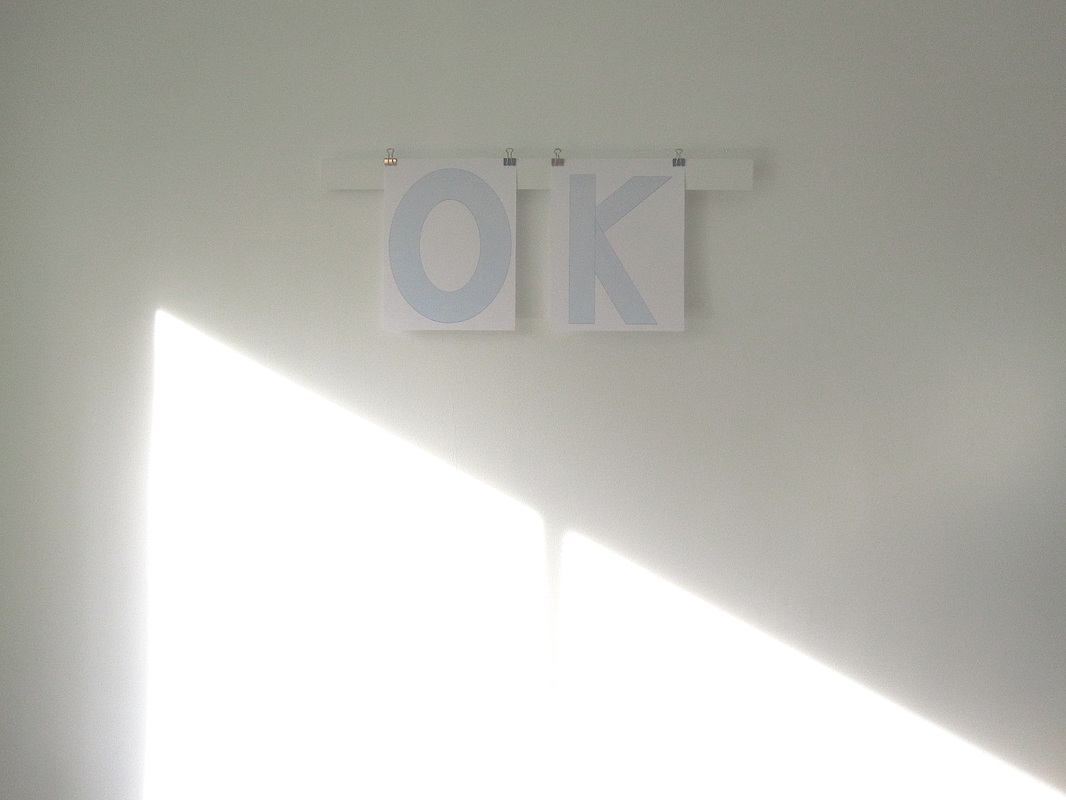
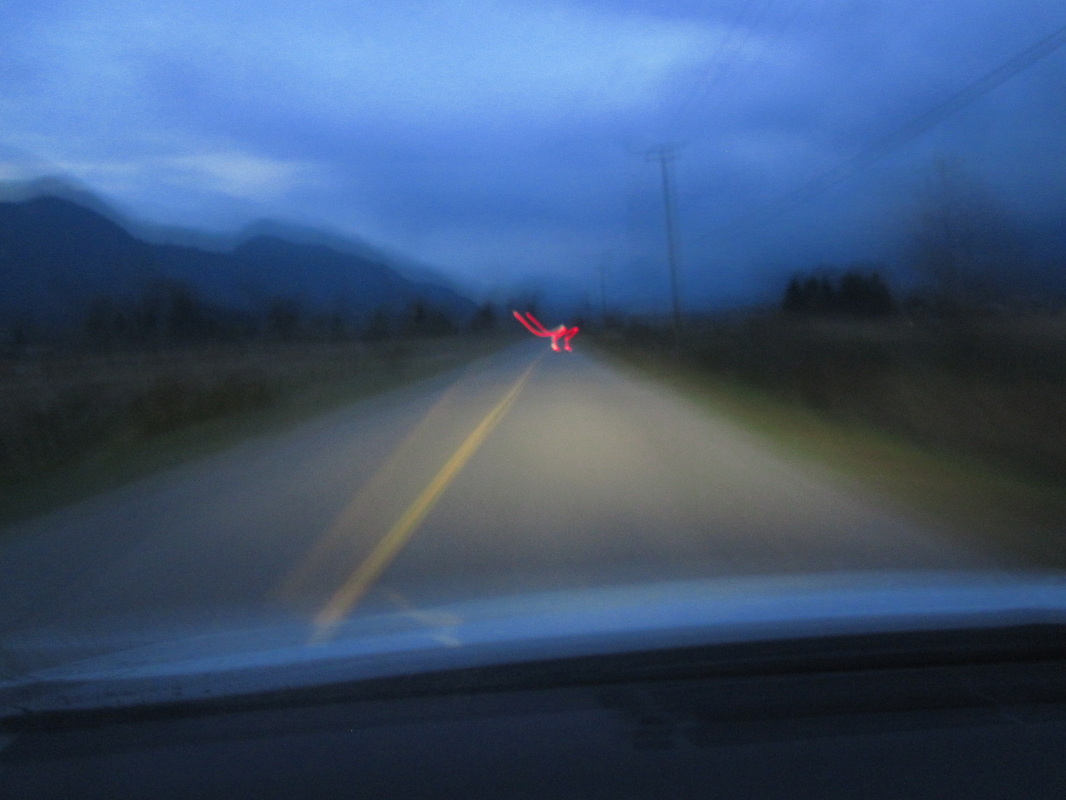
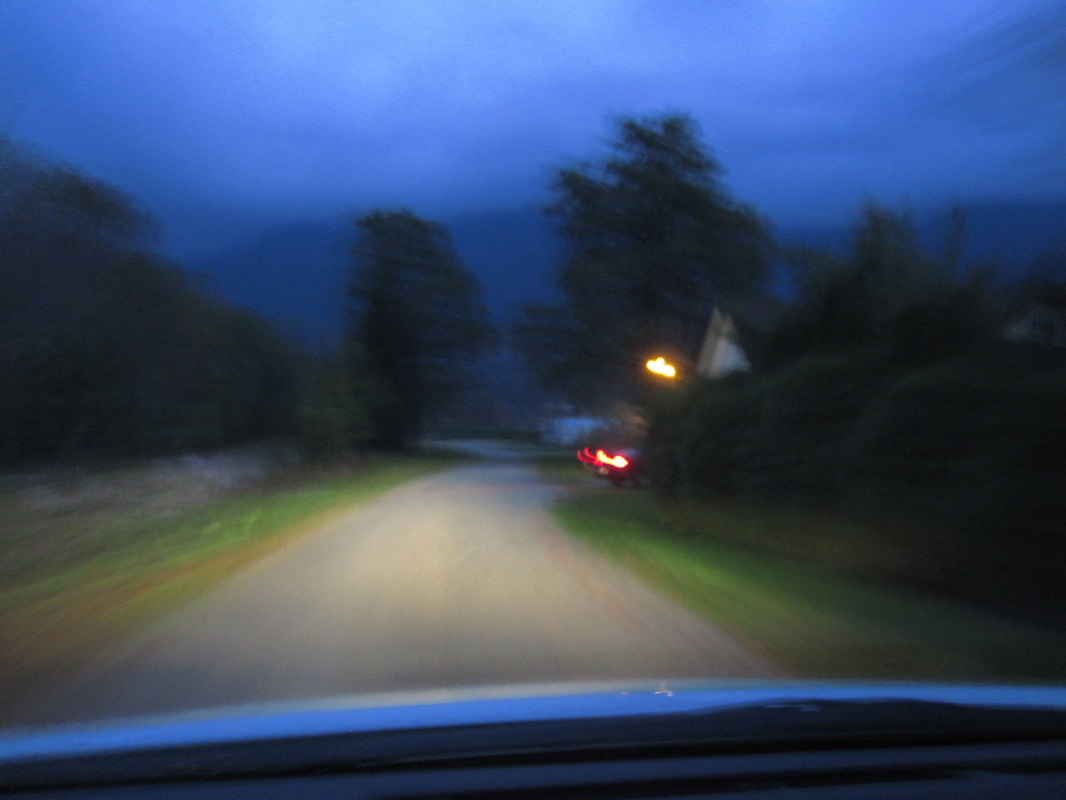
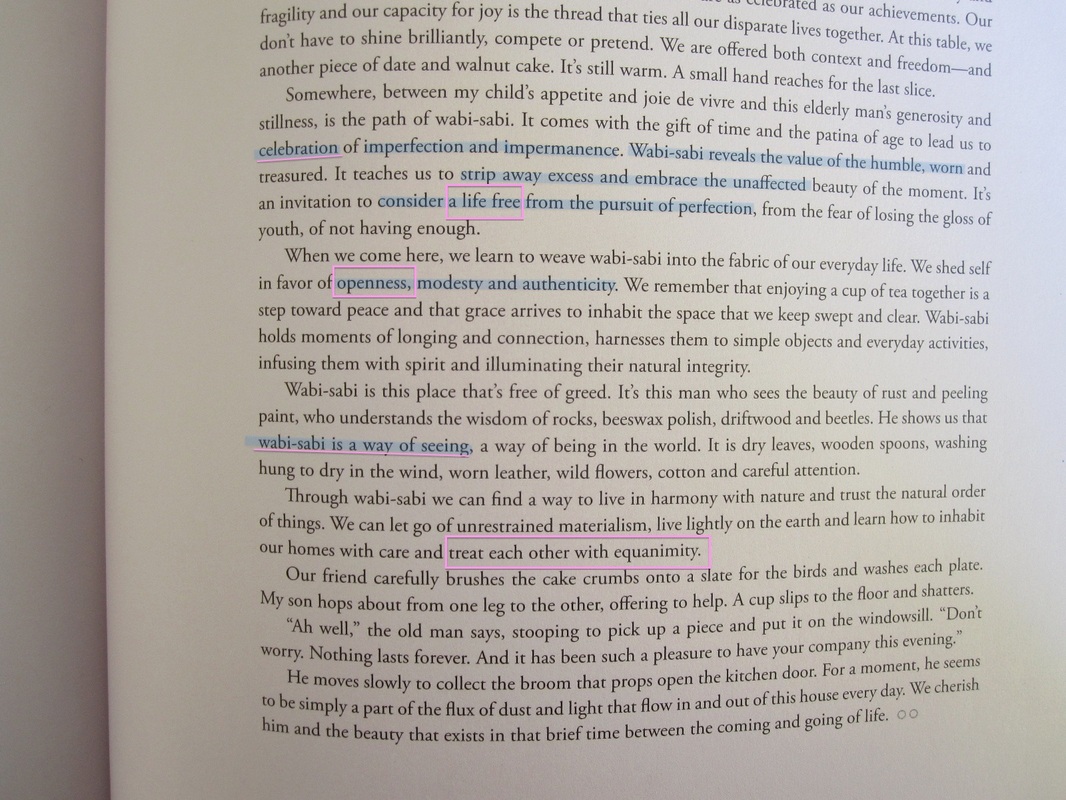
 RSS Feed
RSS Feed